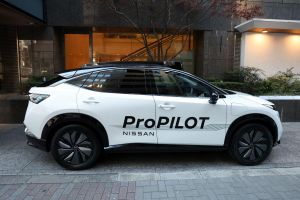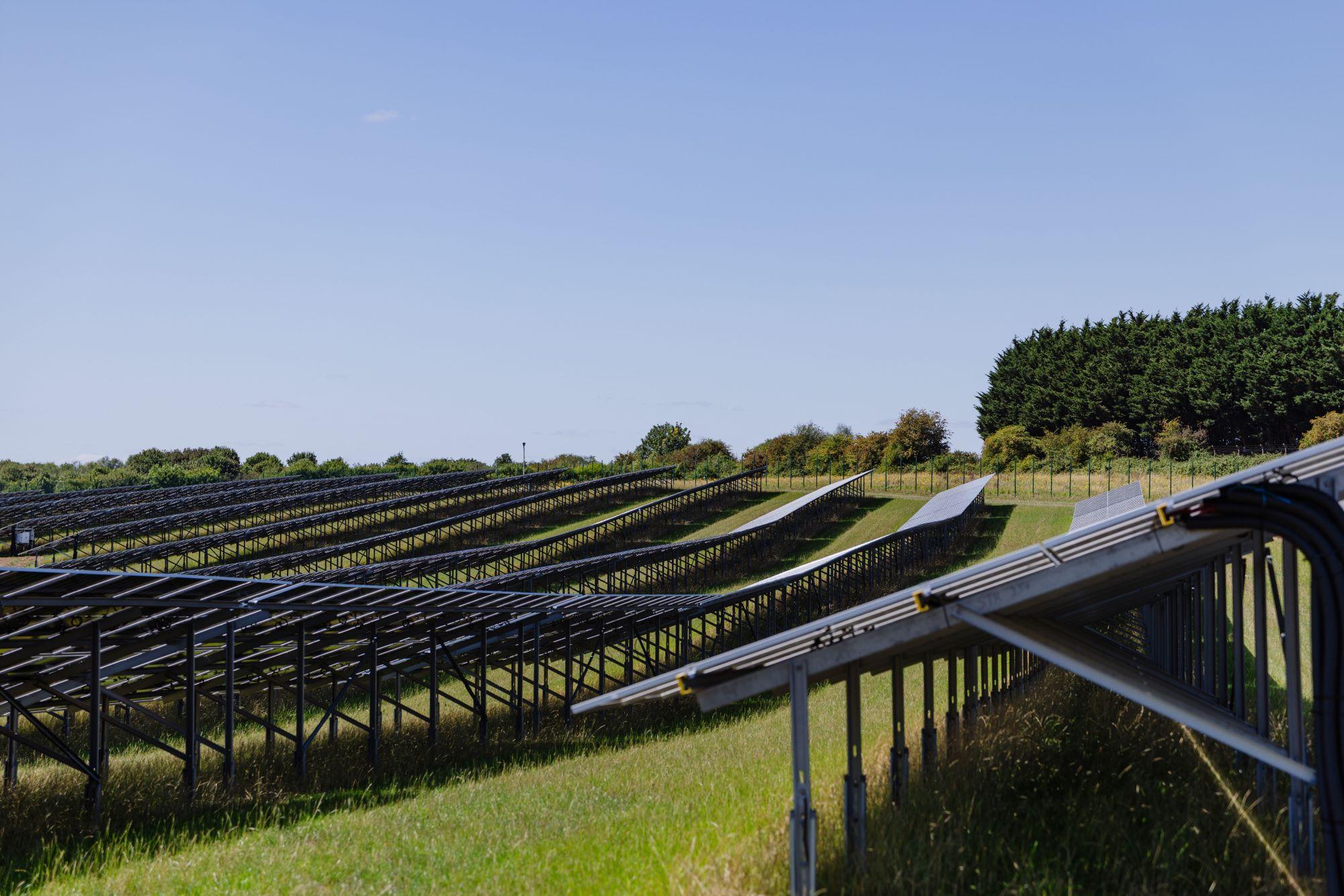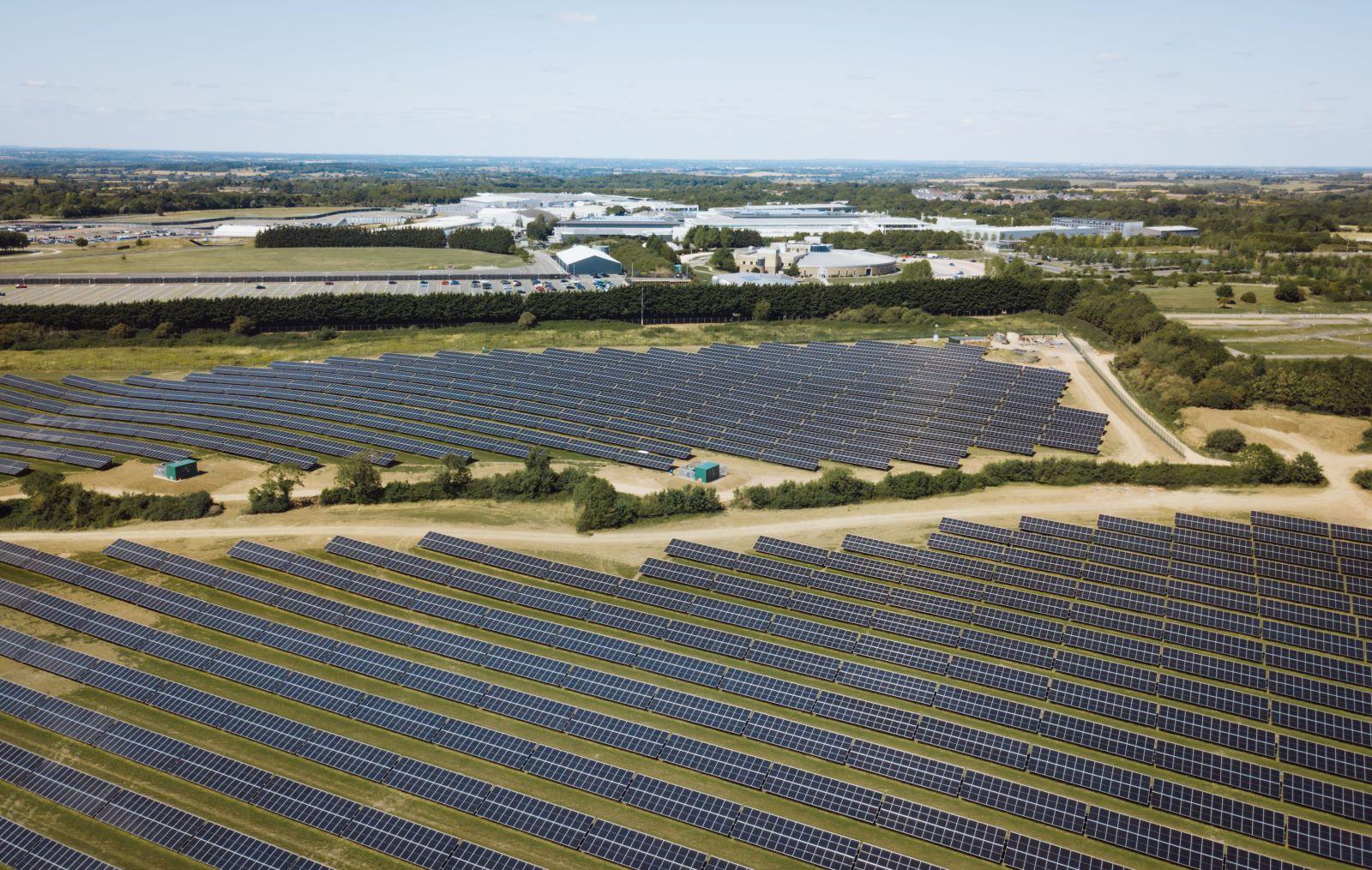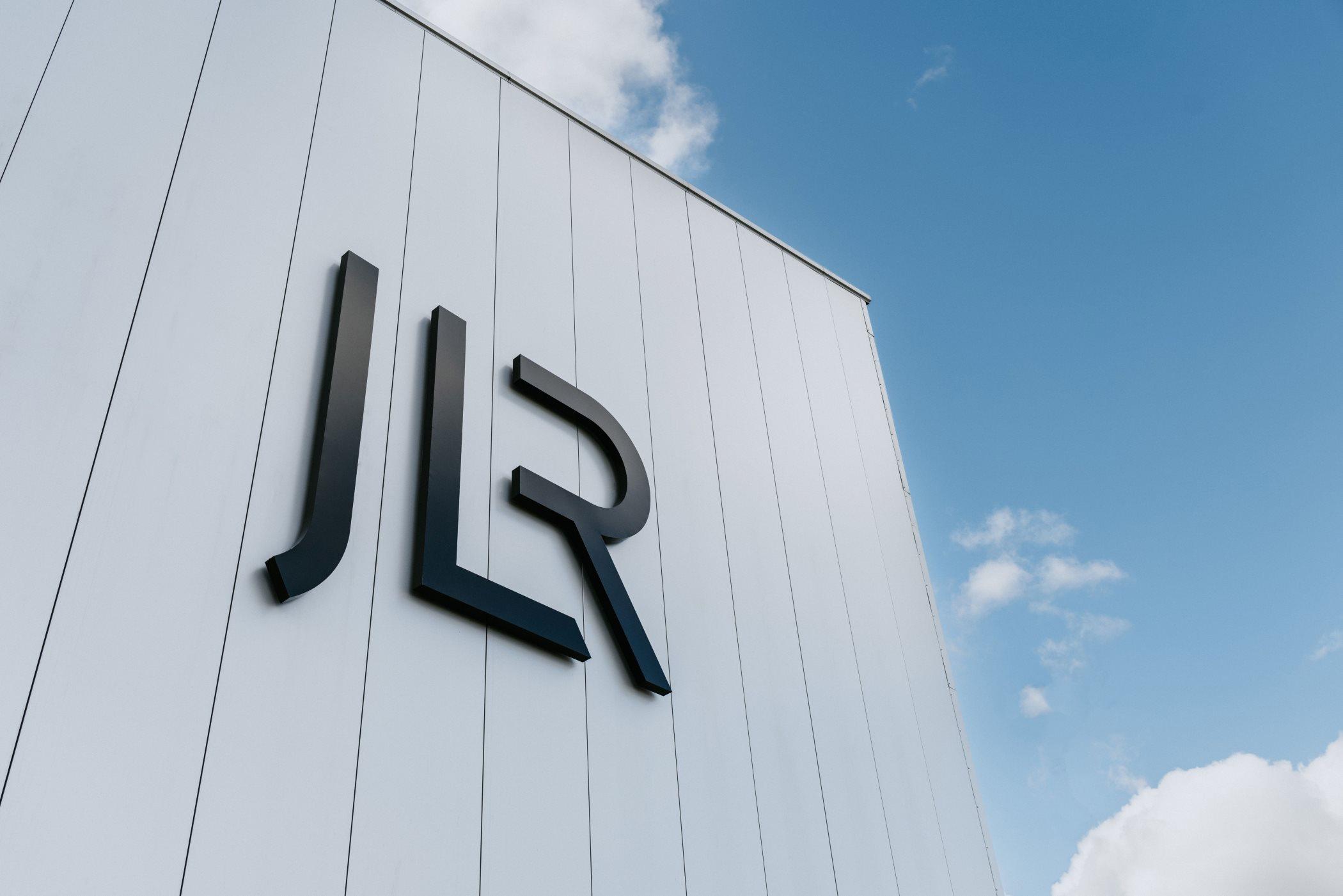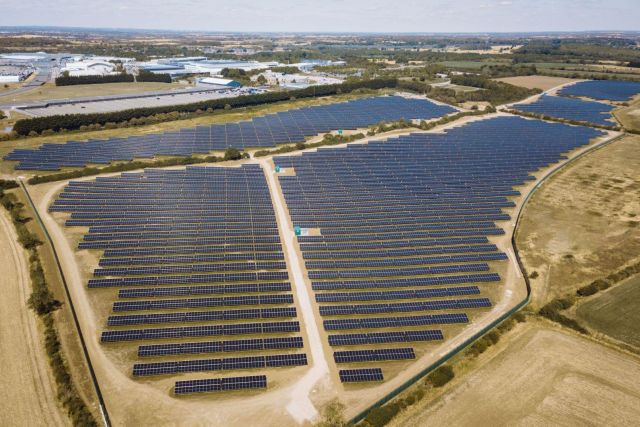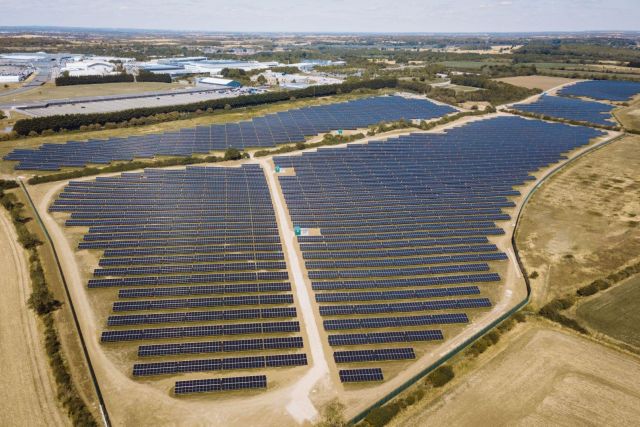
The 26-hectare, 18MW facility will supply up to 31% of the site’s energy requirements, marking the completion of the first of three of its UK solar energy projects.
Meanwhile, a newly expanded rooftop installation at the company’s Electric Propulsion Manufacturing Centre (EPMC) in Wolverhampton, UK, is due for completion this autumn. It will feature over 18 000 solar panels, making it the largest automotive manufacturing rooftop solar array in the UK.
Building on an existing rooftop array, the new 10.7MW system will generate approximately 9 512MWh of electricity annually – enough to power over 3 500* homes for a year. The combined solar capacity will meet nearly 40% of the site’s energy needs, supporting the production of electric drive units and batteries for its next generation vehicles.
JLR’s joint venture in China, CJLR, has also made considerable progress in its energy self-sufficiency with a 20MW expansion to its rooftop solar installation. Since becoming operational in May 2025, the manufacturing facility has generated over 50% of its monthly energy consumption, supporting energy saving, cost reductions and temperature regulation in the workshop thanks to additional shading.
In 2026, JLR will begin installing over 10MW of solar car ports at its Merseyside site, becoming the largest solar car port in the UK. Current plans include canopy structures across Halewood, with solar walkways from the main carparks to the site entrances, providing both employees’ and visitors’ electric vehicles charging while on the premises, as well as sheltered parking and protection against weather conditions.
The luxury car manufacturer is committed to sourcing at least one-third of its global energy needs from onsite and near-site renewables as alternatives to natural gas by 2030 - cutting emissions, enhancing energy resilience and mitigating exposure to market volatility through self-reliance.
